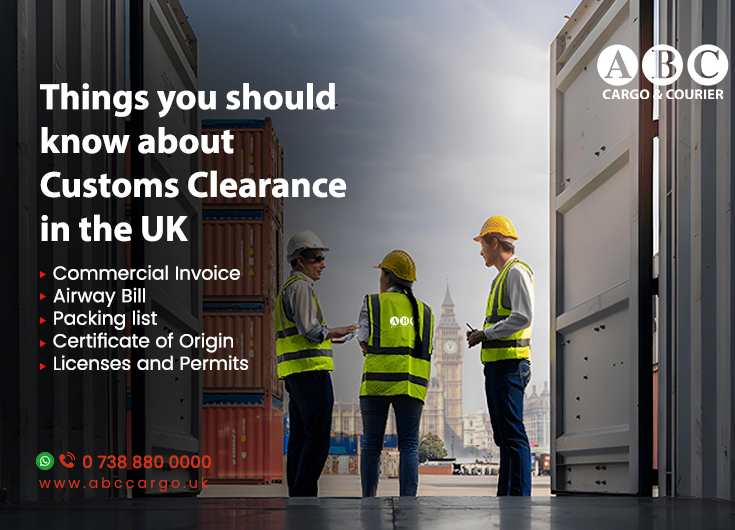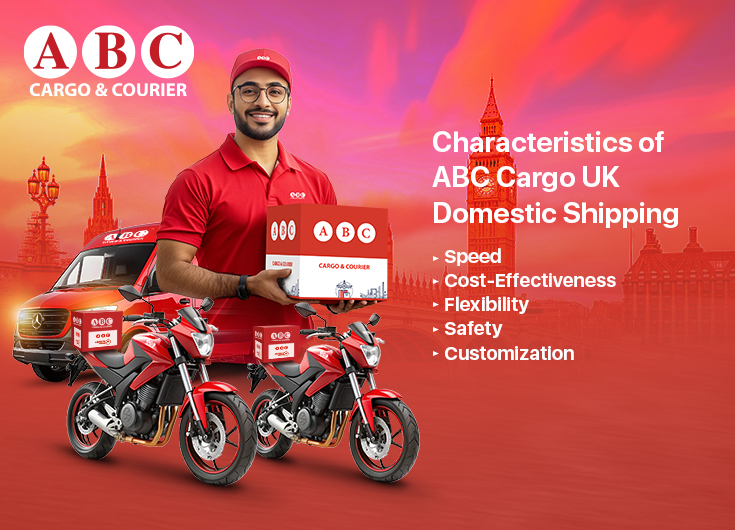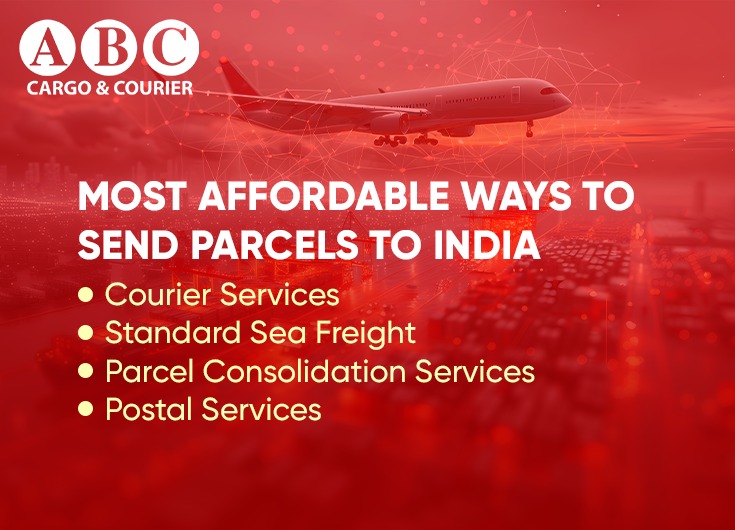The customs clearance process can be a headache for many. More so if you are not used to dealing with all the mundane paperwork. Handled wrong it opens up the door to delays, unexpected costs, and operational difficulties.
To ensure smooth operations it is therefore necessary to have absolute clarity about the process. You need to know that different countries have different rules and so do different modes of transport. For instance, sea freight from UAE to UK would be subject to different regulations than sea freight from UAE to India. We understand how difficult that sounds, which is exactly why we have put together this blog. We will walk you through the customs clearance procedure for all cargo to UK.
Why is Customs Clearance so Complex?
Customs clearance is an unavoidable part of importing and exporting goods. And it is there for a good reason. It makes sure that:
- All shipments comply with UK regulations.
- All shipments are paying relevant duties and taxes
- All shipments have the required documentation.
From this, it is clear that customs procedures are very essential. Consequently, the process becomes tedious and complex. After all, a lot needs to be verified.
However, the effort and time spent on the process is worth it. Ultimately, it helps businesses avoid fines, delays, and additional costs.
Things You Should Know About Customs Clearance in the UK
Air Freight Customs Clearance in the UK
It is perfect for urgent shipments and it connects people who are continents apart. We are talking about air cargo in UK. This mode of freight shipping has quickly gained traction today. However, the customs clearance procedure for air freight is far from simple. Don’t let that scare you though. The requirements can be broken down into manageable chunks. Let us show you how.
Documents Required
- Commercial invoice that contains all details of the cargo including their value, description, and quantity.
- Airway bill issued by the carrier that confirms terms of shipment.
- Packing list that lists all items in the shipment.
- Certificate of origin to confirm the country of manufacture.
- Import licenses and permits in case an item requires it to enter the UK.
The Procedure
- All the documents we mentioned above are first submitted to the HMRC (HM Revenue and Customs).
- The HMRC reviews the documents and calculates duties and taxes.
- The next step is to pay the amount.
- Some cargo may be inspected to ensure compliance with UK regulations.
Note – Always double-check your documents lest you forget something. This will prevent unnecessary delays. This is how we make sure our same-day courier service in UK doesn’t disappoint our customers.
Sea Freight Customs Clearance in the UK
Sea Freight is everyone’s first choice when it comes to large shipments. Since we have already covered the legalities involved with air freight, we will cover sea freight next. This shipping method is ideal for heavier cargo and long-distance deliveries, such as UK to UAE shipping. The documentation is almost the same but let’s see what differs:
Documents Required
- Bill of lading that acts as a transport contract and receipt of goods.
- Commercial invoice that contains all details of the cargo including their value, description, and quantity.
- Packing list that lists all items in the shipment.
- Certificate of origin to confirm the country of manufacture.
- Import licenses and permits in case an item requires it to enter the UK.
The Procedure
- All the documents we mentioned above are first submitted to the HMRC.
- The HMRC assesses the documents and calculates duties and taxes.
- The next step is to pay the amount.
- Some cargo may be inspected to ensure compliance with UK regulations.
Note – Sea freight often translates into a larger volume of cargo. Make sure the documents are prepared with extra care for these large shipments.
Road Freight Customs Clearance in the UK
Do you know which is the most flexible choice of freight shipment? It is road freight. For regional and cross-border shipments alike this mode of transport is easily the best. If you are sticking to regional shipments all you need to do is to navigate UK regulations. However, in the case of cross-border shipments you need to navigate both UK and international regulations. So let’s break this down:
Documents Required
- CMR Note is needed for cross-border shipments.
- Commercial invoice that contains all details of the cargo including their value, description, and quantity.
- Packing list that lists all items in the shipment.
- Certificate of origin to confirm the country of manufacture.
- Import licenses and permits in case an item requires it.
The Procedure
- All the documents we mentioned above are first submitted to the HMRC.
- The HMRC reviews the documents and calculates duties and taxes.
- The next step is to pay the amount.
- Some cargo may be inspected especially for cross-border shipments.
Note – Make sure to adhere to both UK and international standards.
Conclusion
The logistics scene is complicated. Every step in the process requires planning and expertise. Customs clearance is no different. However, as we just demonstrated it is not impossible. It gets easy if you get all the documents prepared in advance. What could further simplify the tedium is trusting an expert UK freight forwarder with your cargo. For instance, at ABC Cargo we ensure that our customers’ goods clear the customs without delays. We want our customers to send and receive packages easily. To this end, we provide all types of freight transport including air, sea, and road freight.





